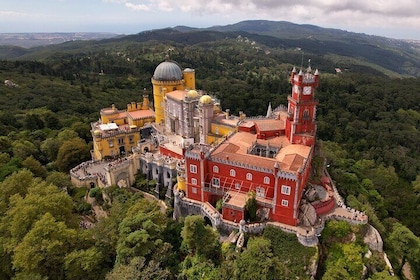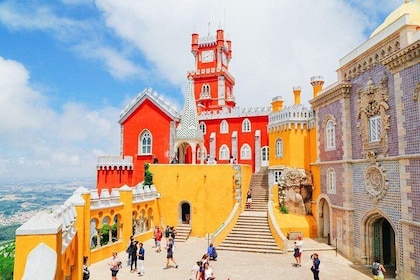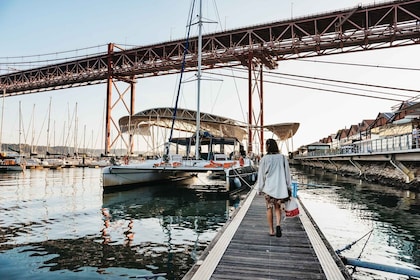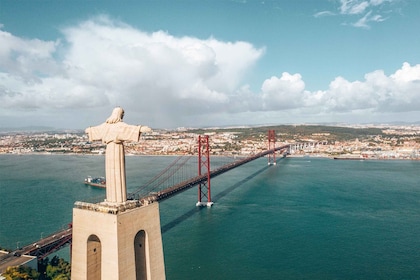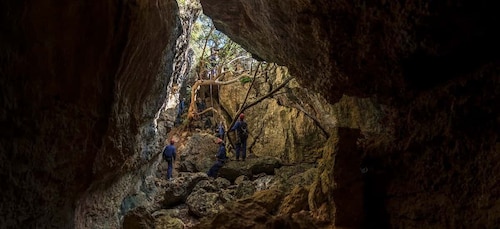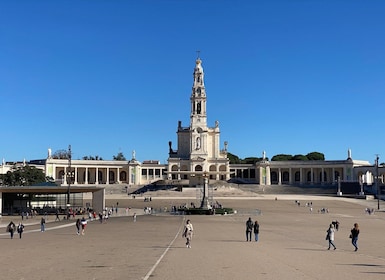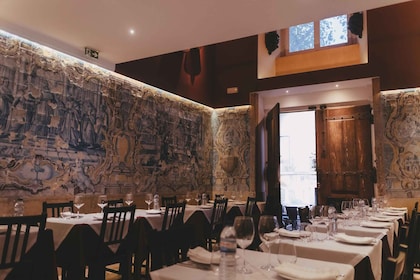Rua Augusta Arch




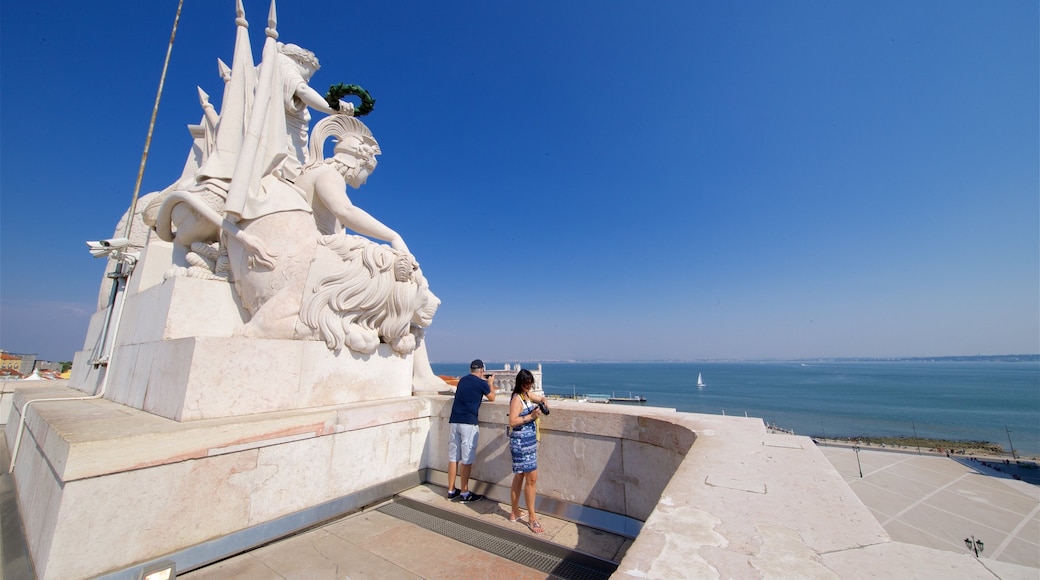
Kunjungi Rua Augusta Arch
Lawatan & kunjungan balik hari
Lihat semua 1258 aktiviti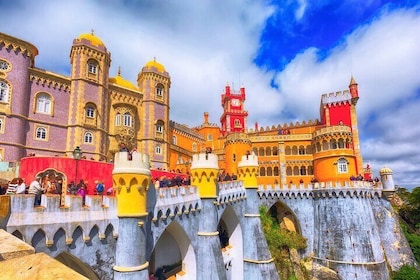
Small group tour to Sintra, Pena Palace, pass by Regaleira, Cabo Roca, Casc...
Makanan, Minuman & Hiburan Malam
Lihat semua 285 aktiviti
Lisbon: Sailing Tour on the Tagus River
Aktiviti Air
Lihat semua 109 aktiviti
Lisbon: Sailing Tour on the Tagus River
Kembara & Luar
Lihat semua 108 aktiviti
Old Lisbon : Private Guided Tour by Electric Quad & Tuk Tuk
Pertunjukan & Konsert
Lihat semua 41 aktiviti
Lisbon: Alfama Tour and Live Fado with Traditional Dinner
Tempat popular untuk dilawati
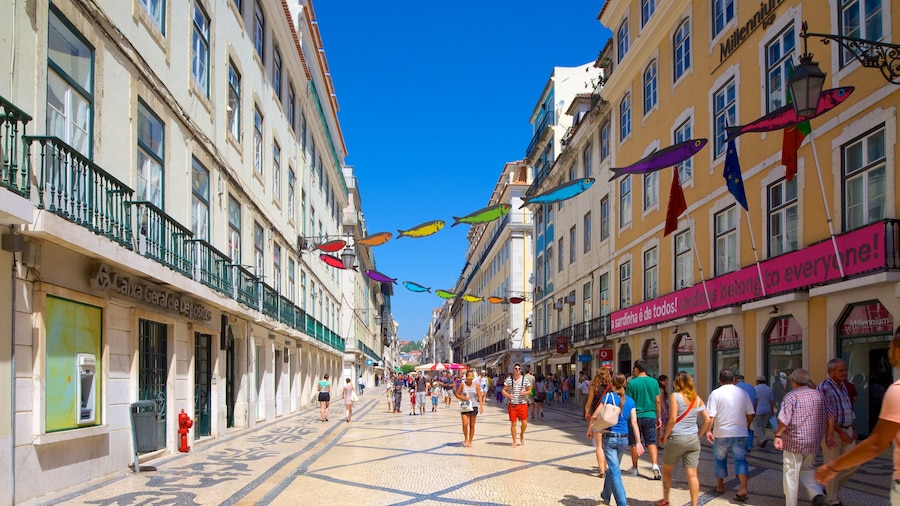
Rua Augusta
Anda boleh mencari hadiah yang sempurna untuk dibawa pulang di Rua Augusta ketika anda berada di Santa Maria Maior. Luangkan masa untuk lawati kedai-kedai di kawasan ini, atau hanya nikmati kafe yang menawan.
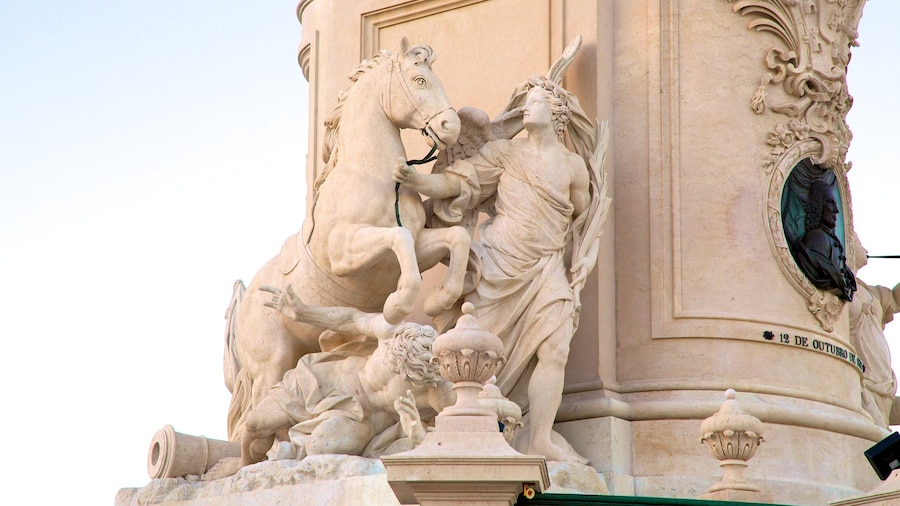
Dataran Commerce
Anda boleh ketahui lebih mendalam tentang sejarah Santa Maria Maior dengan kunjungan ke Dataran Commerce. Bersiar-siar di kawasan menghadap sungai kawasan meriah ini atau alami muzium yang mengagumkan.

Lisboa Story Centre
Anda boleh mengimbas bahan pameran di Lisboa Story Centre, muzium dengan kisahnya yang tersendiri, ketika kunjungan anda ke Santa Maria Maior. Bersiar-siar di kawasan menghadap sungai kawasan budaya beraneka ini atau alami latar seni yang dikagumi.
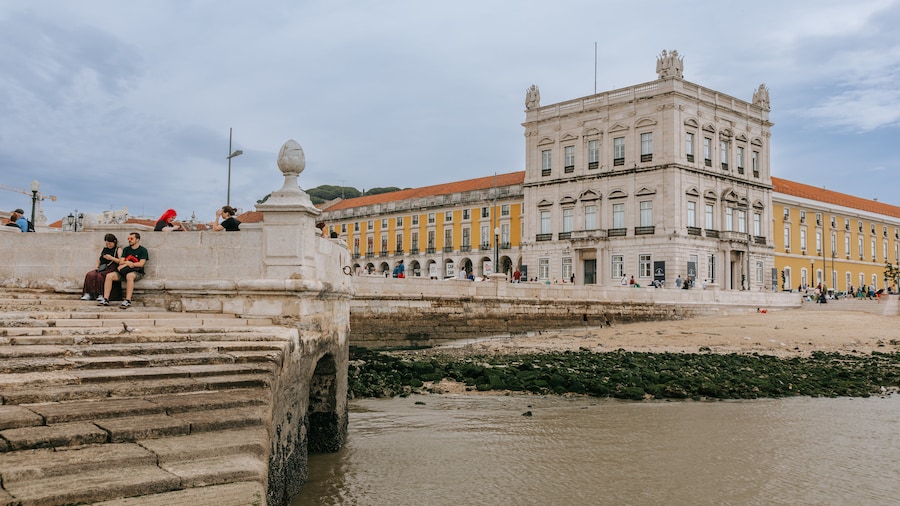
Centro Interpretativo da História do Bacalhau
Anda boleh meluangkan masa mengimbas pameran di Centro Interpretativo da História do Bacalhau ketika percutian anda di Santa Maria Maior. Bersiar-siar di kawasan menghadap sungai di kawasan ini, atau hanya nikmati pelbagai pilihan tempat makan.

Dewan Bandar Raya Lisbon
Dewan Bandar Raya Lisbon merupakan salah sebuah tempat untuk dilawati di Santa Maria Maior, jadi apa kata tambah rancangan anda untuk meneroka lebih banyak ketika kunjungan anda? Alami muzium yang mengagumkan dan latar seni yang dikagumi di kawasan meriah ini.
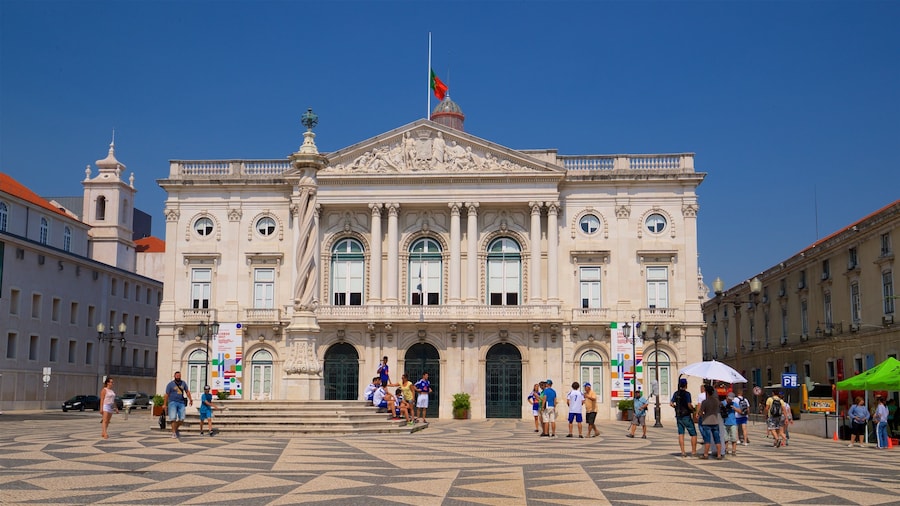
Dataran Perbandaran
Anda boleh pelajari tentang sejarah Santa Maria Maior dengan lawatan ke Dataran Perbandaran. Bersiar-siar di kawasan menghadap sungai atau alami latar seni yang dikagumi di kawasan budaya beraneka ini.
Tawaran Hotel Terbaik
Semak ketersediaan hotel berdekatan Rua Augusta Arch






